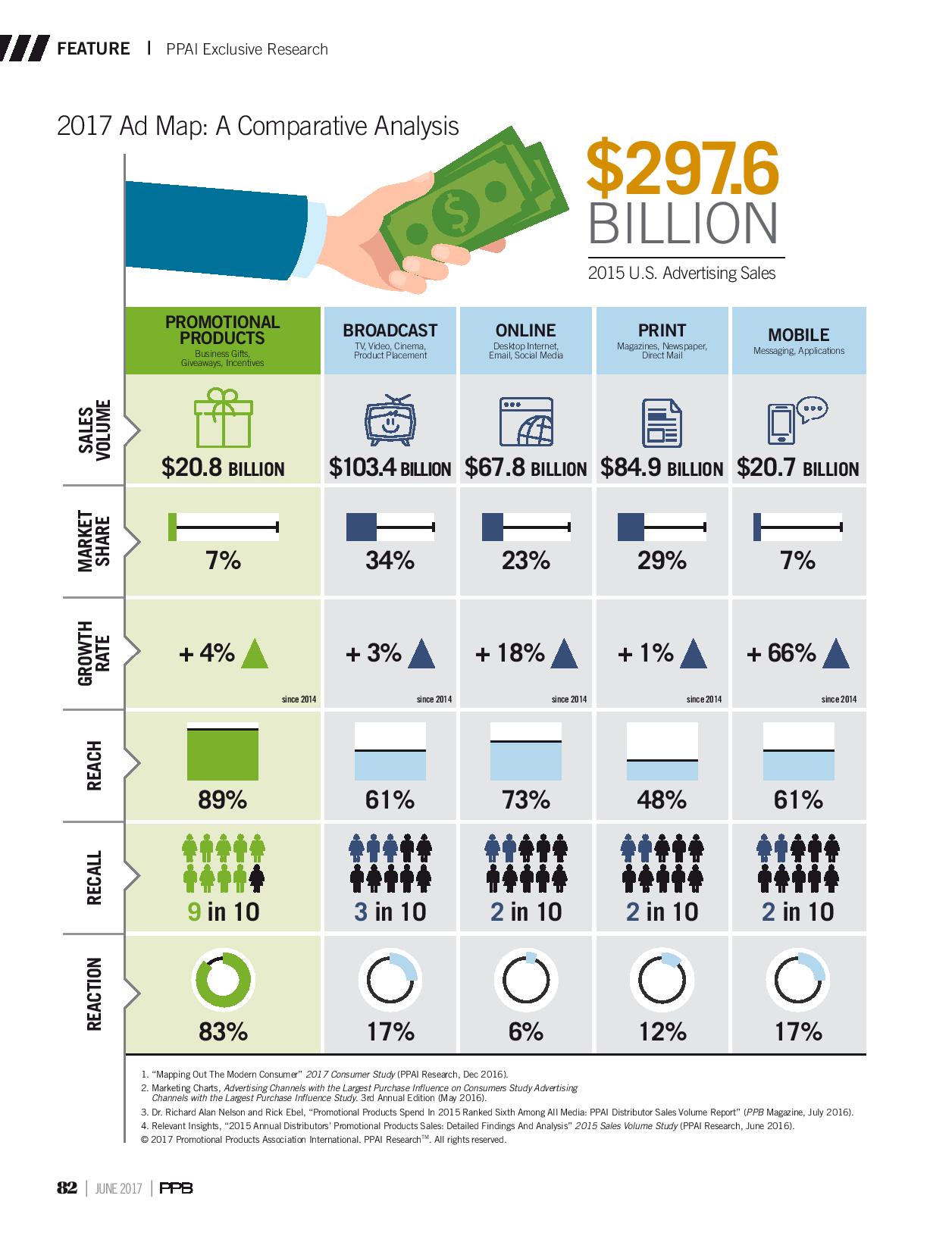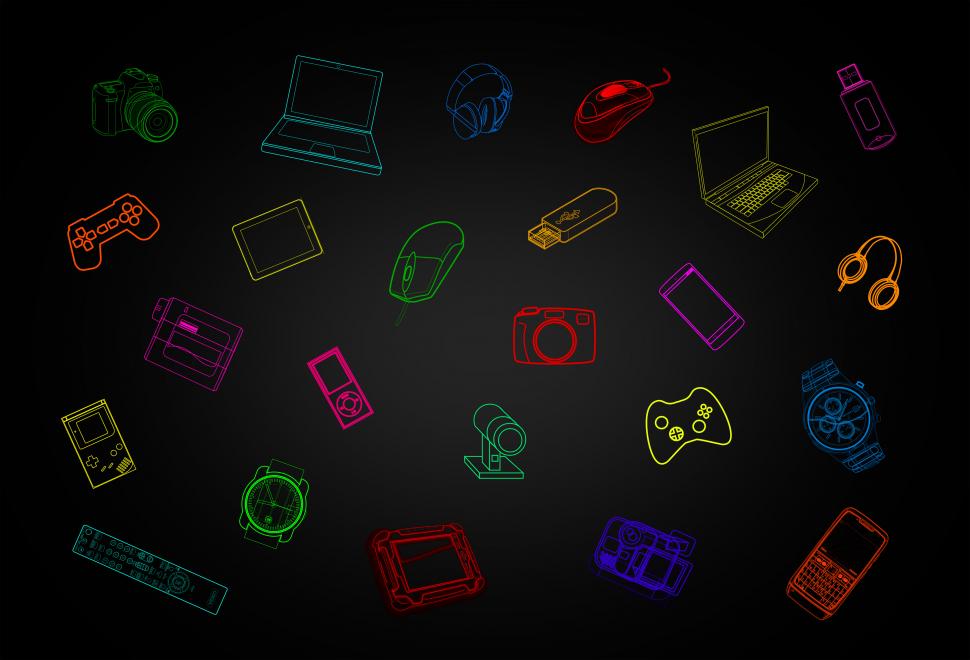Promotional merchandise is one of the oldest ways to advertise, but is it effective nowadays?
A lot has been said and written on how to choose best promotional items, come up with creative ideas, find the right vendors. But do promotional items work? Are they effective enough? And how do we measure effectiveness after all? For a supplier, this is basically the number of items sold, but tracking effectiveness on the other end seems to be a little more difficult.

Promo items have been on the market for hundreds of years, in fact, first official promo gift dates back to George Washington’s election in 1789. It’s one of the oldest ways to advertise, so how is it holding up in this new era? Simple things like promoting brand awareness, building social connection with the end customer and increasing consumer trust have more power than many think. But let’s not trust words alone and look at the latest promotional products industry facts.
According to PPAI 2017 Ad Comparative Analysis, promotional products take leading place when it comes to reaching, recall and reaction. The analysis states that “89% of consumers have received a promotional product in the past six months—that’s nearly 9 in 10 who own a promotional product”. Also, 9 in 10 people can recall a brand after receiving marketing swag and 83% of people would be more likely to do business with companies, after receiving giveaways. For comparison, consumer recall metrics for mobile, online and print types of media is only 2 in 10. Additionally, promotional items, unlike most other advertising methods, work equally good for different generations (baby boomers, generation X as well as millennials). These stats alone make good reasons to use promotional products, but if you still have doubts, let’s take a sneak peek into our brain.
Seems like there is some supernatural power of promotional products. To unravel the secret we will need two words: reciprocity principle. In psychology, it is a principle of responding positively to something positive done to you. In marketing, this principle was described by Robert Cialdini as one of six key principles of his Theory of Influence. It is wanting to buy from a company or to pay after you get a good-quality free promotional product. When we receive something, we remember it and feel that we ought to give something back to that person or company. Doesn’t matter what country or culture you are from, this principle stays the same.
Another factor is our emotions. Positive emotions can sideline logical decisions. People are often driven by emotions, that’s why emotional commercials work best, that’s why a customer will more likely be working with you after receiving the high-end promotional product. It is also an expression of appreciation, as long as the item is practical, stylish and of a good quality.
Now we get to the really interesting point.

Photo by Jack Moreh
The effectiveness of marketing swag is connected to its purpose. What are the reasons to use promotional products and what purpose will it serve? To remind your customers of your brand during holidays? To use on trade shows and exhibitions? To give to your workers as a reminder of their work appreciation or to make it a gift with purchase? In each particular case effectiveness of marketing swag will be different. For example, giving water bottle or a pen is a good idea for a trade show, so that customer could write down your company’s details or other important information, but giving same simple pen with logo to hardworking employees will not show your respect and actually might do the opposite.
Another way to use promotional product is for it to be an ad space in the life of a person: on his work desk, in his kitchen or car, in his pocket. The problem-solving principle applies as well, and the solution has to be efficient and actual. Even if there is no way to track feedbacks, you have an opportunity to quiz yourself in advance. For instance, if you know that your customer uses a wireless charger, giving him corded charger will make no sense at all. It’s uncomfortable and ineffective solution to this problem. Ultimately, a good promotional item should be used as much as retail product that customer already owns.
Multiple pieces of research have shown that the most effective promotional products are the ones that can be used on a daily basis. 81% of customers keep promotional items for more than a year and according to PPAI, top 3 reasons why people keep promotional items, do so because they are fun, functional and trendy. Now trendy means moving towards digital. Stylish power banks, VR and AR, wireless headphones and such things will certainly be the best builders of trust and respect for your company.
So, what promotional products are most effective? Ones that are useful and solve a particular problem; ones that solve it in a comfortable, efficient or innovative way, and simply likable, fun and trendy products. As long as you have this checklist, your promotional strategy will serve its purpose and your customers will be satisfied.
So many articles tell you how to stand out on the market but very few explain how easily your promo campaign can go down in flames with a bad promo product branding.
Please leave your email
to receive our catalogue.
Check your inbox in a couple of minutes
Our client service will get in touch with you soon